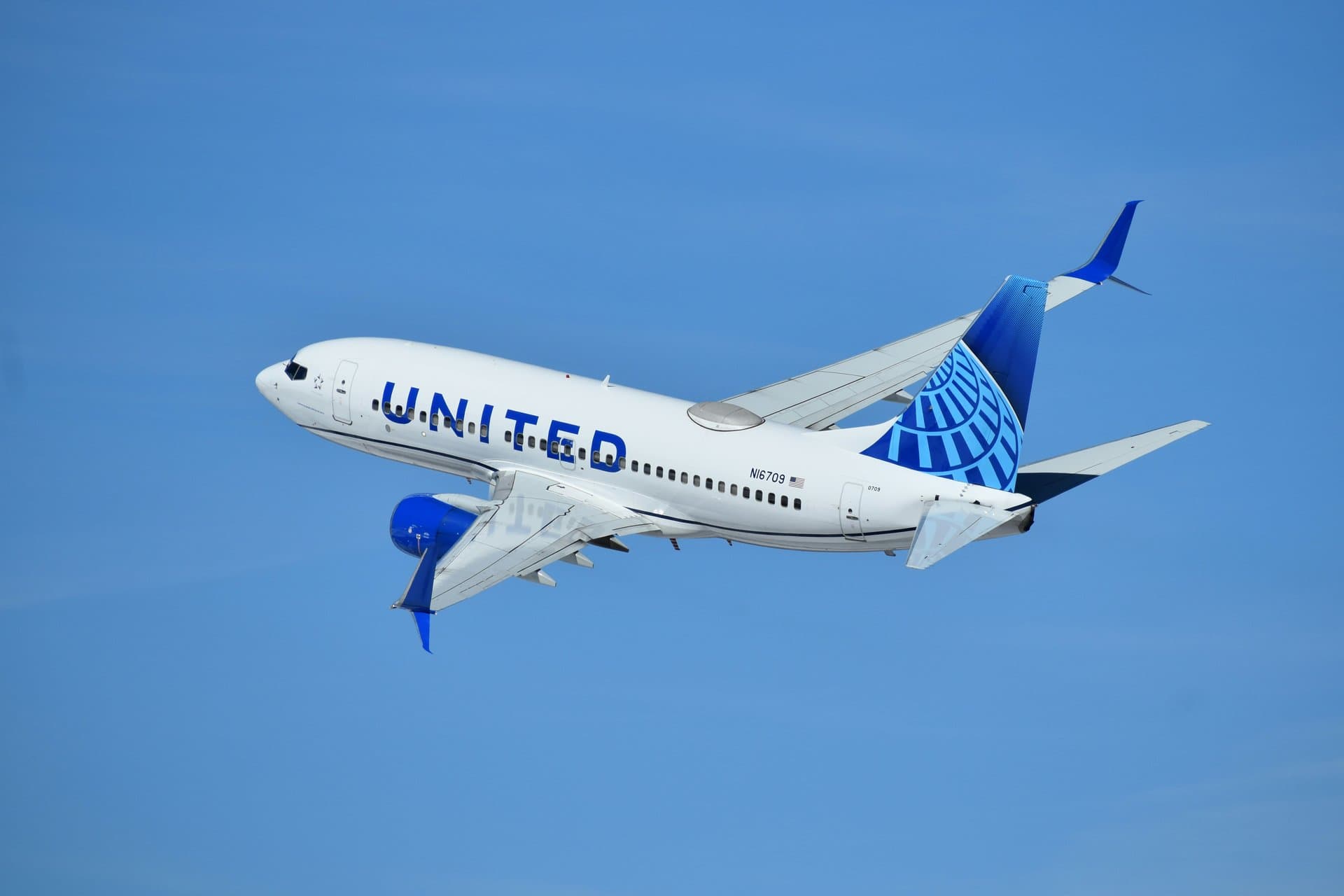United Airlines Expands Routes Amid Spirit Airlines Bankruptcy Challenges
Discover how United Airlines is strategically growing its flight network in response to Spirit Airlines’ financial struggles, reshaping North American air travel and challenging ultra-low-cost carrier myths.

Key Takeaways
- United Airlines is adding flights to 15 North and Central American cities.
- Spirit Airlines filed for bankruptcy protection twice within a year.
- United CEO Scott Kirby ruled out bidding for Spirit’s assets.
- Spirit’s fleet and routes don’t align with United’s operational needs.
- The ULCC model faces sustainability challenges in North America.

Spirit Airlines, a major ultra-low-cost carrier in the U.S., has hit turbulent skies with two bankruptcy filings in less than a year. Its financial struggles have forced route cuts and fleet downsizing, stirring uncertainty among travelers and competitors alike. United Airlines, spotting opportunity amid the chaos, is expanding its flight network to cover markets Spirit might leave behind. This article unpacks United’s strategic moves, CEO Scott Kirby’s candid views on the ULCC model, and what these shifts mean for the airline industry’s future.
Understanding Spirit’s Bankruptcy
Spirit Airlines’ financial troubles are no secret. Filing for bankruptcy protection twice within a year — first in November 2024, then again in August 2025 — paints a stark picture of the ultra-low-cost carrier’s struggles. Despite a $275 million emergency funding boost, Spirit has been forced to shrink its network, cutting routes in multiple U.S. cities like Albuquerque and San Diego. This retrenchment signals deep-rooted challenges in sustaining the ULCC business model in North America. For passengers, it means fewer flight options and potential disruptions. For competitors, it opens doors to capture Spirit’s market share. But bankruptcy isn’t just a headline; it’s a signal flare illuminating the tough economics behind budget flying.
United’s Route Expansion Strategy
While Spirit retrenches, United Airlines is stepping up. The airline announced plans to add flights to 15 North and Central American cities, including major hubs like Houston and Fort Lauderdale, plus new Central American destinations such as Guatemala City. This isn’t a haphazard move but a calculated strategy to fill gaps Spirit might leave behind. United’s Senior VP Patrick Quayle emphasized that these new routes aim to minimize passenger disruptions if Spirit exits markets. It’s a classic case of turning challenge into opportunity. United’s expansion offers travelers alternatives and signals the airline’s confidence in organic growth over risky acquisitions.
CEO Scott Kirby’s Take on ULCCs
United’s CEO Scott Kirby doesn’t mince words about ultra-low-cost carriers. He predicts Spirit Airlines will likely go out of business by year-end, citing fundamental flaws in the ULCC model and customer dissatisfaction. Kirby points out that Spirit’s airplanes, slots, and routes don’t fit United’s operational needs. Reconfiguring Spirit’s fleet would cost $15 million per plane and take years — a costly detour United isn’t willing to take. He also notes gate shortages in key Spirit markets like Fort Lauderdale. Kirby’s blunt assessment challenges the myth that low-cost always means sustainable. Sometimes, cheap comes with a price tag too steep to pay.
Rejecting the Bid: Why United Passes
Despite Spirit’s assets being up for grabs amid bankruptcy, United Airlines has ruled out bidding for them. Kirby explained that Spirit’s fleet and route structure simply don’t align with United’s business model. The cost and time to reconfigure planes, plus limited gate availability, make acquisition impractical. Instead, United prefers to grow organically by expanding routes where it already has infrastructure. This approach sidesteps the complexities of integrating a budget airline’s assets and preserves United’s operational focus. It’s a reminder that bigger isn’t always better — sometimes, smart growth beats buying trouble.
Industry Impact and Consumer Outlook
Spirit’s financial woes and United’s response highlight a shifting landscape in North American aviation. The ULCC model’s sustainability is under scrutiny as Spirit struggles to stay afloat. United’s expansion into Spirit’s markets may lead to fewer ultra-low-cost options for travelers, potentially pushing fares higher. This consolidation trend favors legacy carriers with established networks and resources. For consumers, it’s a mixed bag: more reliable service from airlines like United, but less budget-friendly competition. The industry’s evolution underscores the delicate balance between affordability and profitability in air travel’s high-stakes arena.
Long Story Short
United Airlines’ decision to grow its route network without chasing Spirit’s assets reveals a clear strategy: organic expansion over acquisition. CEO Scott Kirby’s skepticism about the ultra-low-cost carrier model underscores the challenges Spirit faces in balancing low fares with sustainable operations. As United steps into Spirit’s vacated markets, travelers may see fewer budget options but more reliable service from legacy carriers. The evolving landscape signals a reshaping of North American air travel, where survival hinges on adaptability and strategic foresight. For passengers and industry watchers alike, these developments offer a front-row seat to the high-stakes game of airline survival and growth.